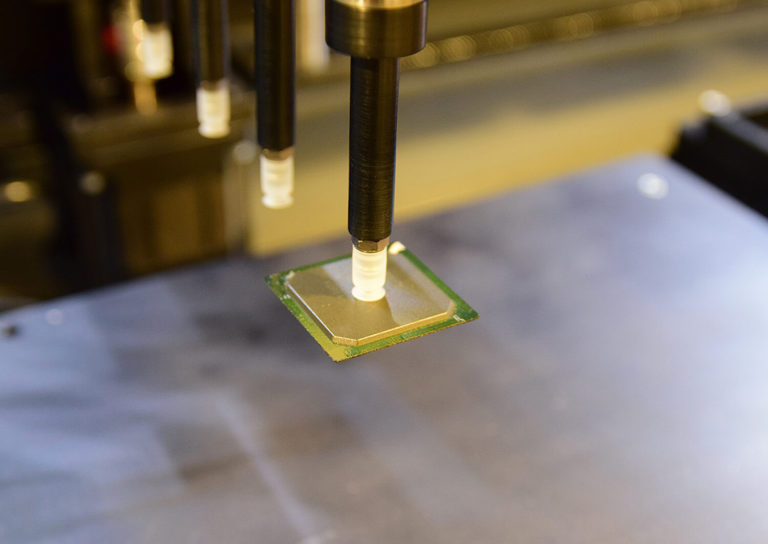
SUMMARIZED CONCLUSIONS AND RECOMMENDATIONSĪPPENDIX A: PROBABILITY OF DEMONSTRATING TECHNICAL RELIABILITY REQUIREMENT WITH CONFIDENCEĪ.1: PROBABILITY OF DEMONSTRATING RELIABILITY TECHNICAL REQUIREMENT WITH 70% CONFIDENCEĪ.2 PROBABILITY OF DEMONSTRATING RELIABILITY TECHNICAL REQUIREMENT WITH 80% CONFIDENCEĪ.3 PROBABILITY OF DEMONSTRATING RELIABILITY TECHNICAL REQUIREMENT WITH 90% CONFIDENCEĪPPENDIX B: RELEVANT RELIABILITY GROWTH REFERENCES (FROM MIL-HDBK-189A)ī.1: RELIABILITY GROWTH SURVEYS AND HANDBOOKSī.1 For RAM 7 Training Summit Presented by Jim Colson, LOGSA November 2014 RELIABILITY GROWTH-RELATED POLICIES, STANDARDS AND HANDBOOKSģ.1 WEAPON SYSTEM ACQUISITION REFORM ACT (WSARA)ģ.3 DEFENSE TECHNICAL MEMORANDUM (DTM) 11-003ģ.4.1 Identification of Failure Modes and Mechanismsģ.4.2 Closed-Loop Failure Mode Mitigation ProcessĤ.4.5 Reliability Growth Management Control ProcessesĤ.7 RELIABILITY GROWTH DURING MANUFACTURINGĤ.8 RELIABILITY GROWTH DURING OPERATION AND SUPPORTĥ.1.1 Failure Modes and Effects Analysis (FMEA)/Failure Modes, Effects and Criticality Analysis (FMECA)ĥ.1.3 Reliability Physics (Physics-of-Failure (PoF))ĥ.1.5 Accelerated and Highly Accelerated Testingĥ.1.7 Reliability Centered Maintenance (RCM)ĥ.1.8 Orthogonal Defect Classification for Softwareĥ.1.9 The Role of Unanticipated and Unexpected Failure Modes in Design Reliability Growthĥ.2.3 Test-Fix-Test with Delayed Fixes (including Test-Fix-Find-Test)ĥ.2.4 Combined Influence of Factors on Reliability Growth Curve Shapesĥ.2.7 The Role of Unanticipated and Unexpected Failure Modes in Reliability Growth During Testingĥ.3.1 Statistical Process Control and Six-Sigma Processesĥ.3.2 The Role of Unanticipated and Unexpected Failure Modes in Manufacturing Process Reliability Growthĥ.4.3 The Role of Unanticipated and Unexpected Failure Modes in Reliability Growth During Operation andĦ.3.1 Duane Postulate (MIL-HDBK-189 Reliability Growth Planning Model)Ħ.3.2 AMSAA System Level Planning Model (SPLAN)Ħ.3.3 AMSAA Subsystem Level Planning Model (SSPLAN)Ħ.4 PLANNING MODELS BASED ON PROJECTION METHODOLOGY (PM2)Ħ.4.1 AMSAA Projection Methodology – Continuous (PM2)Ħ.4.2 AMSAA Projection Methodology – Discrete (PM2)Ħ.5 SUMMARY OF RELIABILITY GROWTH PLANNING MODELSħ.3 RELIABILITY GROWTH TRACKING MODEL CONTINUOUS (RGTMC)ħ.4 AMSAA DISCRETE TRACKING MODEL (RGTMD)ħ.5 AMSAA SUBSYSTEM LEVEL TRACKING MODEL (SSTRACK)Ĩ.4 CROW EXTENDED RELIABILITY GROWTH MODEL (2004 RAMS PAPER)Ĩ.4.1 RIAC Enhancements to Crow Extended ModelĨ.5 AMSAA MATURITY PROJECTION MODEL (AMPM)Ĩ.6 AMSAA MATURITY PROJECTION MODEL BASED ON STEIN ESTIMATION (AMPM-STEIN)Ĩ.7 AMSAA DISCRETE PROJECTION MODEL (DPM)Ĩ.8 CROW CONTINUOUS EVALUATION MODEL (2010 RAMS PAPER)Ĩ.8.1 RIAC Enhancements to Crow Continuous Evaluation Modelĩ. Reliability growth can only occur in the presence of both elements.ġ.3 COMPANION/SUPPLEMENT TO MIL-HDBK-189Aģ. This book offers new definitions of how failures can be characterized, and how those new definitions can be used to develop metrics that will quantify how effective a Design for Reliability (DFR) process is in (1) identifying failure modes and (2) mitigating their root failure causes. The ability to do so as part of an integrated, proactive design environment has significant implications for developing and delivering reliable items quickly, on time and within budget. In addition to the traditional approaches to reliability growth during test, this book explores the activities and opportunities that can be leveraged to promote and achieve reliability growth during the design phase of the overall system life cycle. The problem with this approach, still predominant today, is that it ignores opportunities to grow reliability during the design of a system or product, i.e., opportunities to go into reliability growth testing with a higher initial inherent reliability at time zero.

Time “zero” represents the start of testing, and the initial reliability of the test item is based on its inherent design.


As a result, many reliability growth models are predicated on starting the reliability growth process at test time “zero,” with some initial level of reliability (usually in the context of a time-based measure such as Mean Time Between Failure (MTBF)). Historically, the reliability growth process has been thought of, and treated as, a reactive approach to growing reliability based on failures “discovered” during testing or, most unfortunately, once a system/product has been delivered to a customer.


 0 kommentar(er)
0 kommentar(er)
